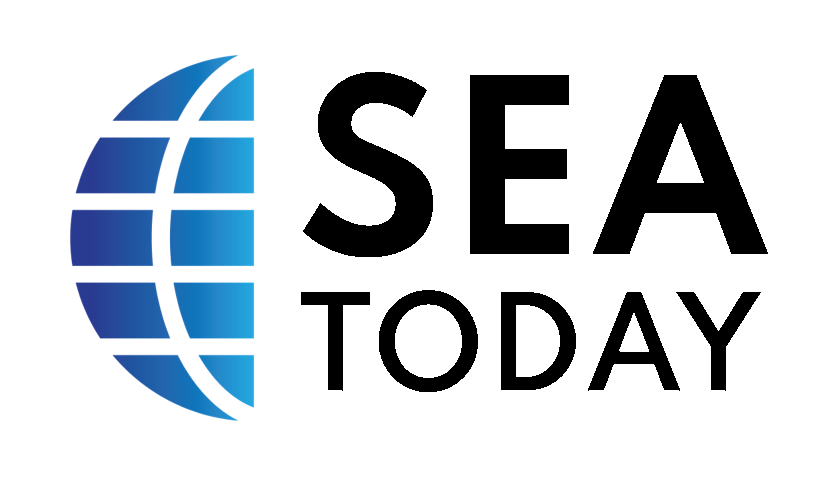NEWS
Minister of Primary and Secondary Education Announces Two Curriculum Schemes for Public Schools

Menteri Pendidikan Dasar dan Menengah (Mendikdasmen) Abdul Mu'ti dalam konferensi pers di Jakarta, Kamis (30/1/2025). (dok: ANTARA/Sean Filo Muhamad)
SEAToday.com, Jakarta - The Minister of Primary and Secondary Education (Mendikdasmen), Abdul Muti, has outlined two possible curriculum models for Indonesia’s Sekolah Rakyat (People’s Schools).
Speaking at the Presidential Palace Complex in Jakarta on Monday, Muti stated that the curriculum could either follow the framework set by his ministry or adopt the one developed by the Ministry of Higher Education, Science, and Technology.
"The first option is to follow the curriculum of elite schools, which falls under the Ministry of Higher Education, Science, and Technology. Alternatively, schools can implement the current curriculum designed by Mendikdasmen," he explained as quoted on Antara.
The key difference between these two curricula lies in their standards. The elite school curriculum follows international standards, preparing students for boarding school education with a high academic benchmark. It also includes the possibility of bringing in foreign teachers to collaborate with local educators.
On the other hand, the curriculum under Mendikdasmen adheres to Indonesia’s national education standard, known as Kurikulum Merdeka Belajar (Independent Learning Curriculum). This framework is designed to accommodate the diverse needs of students, including those with special needs. It also incorporates innovative learning approaches, emphasizing deep comprehension of subjects through engaging and enjoyable methods.
The Indonesian government aims to establish 100 Sekolah Rakyat across the country by 2025. This initiative, spearheaded by President Prabowo Subianto and overseen by the Ministry of Social Affairs, is dedicated to providing free, high-quality education for children from impoverished families—particularly those in extreme poverty.
The primary goal of Sekolah Rakyat is to break the cycle of poverty by offering students the opportunity to improve their quality of life and become agents of change within their communities.
The program is set to include educational levels from elementary school (SD) to junior high (SMP) and senior high school (SMA), following a boarding school model that integrates academic learning with character development.
Writer: Andi Raisa Malaha Thambas

































































